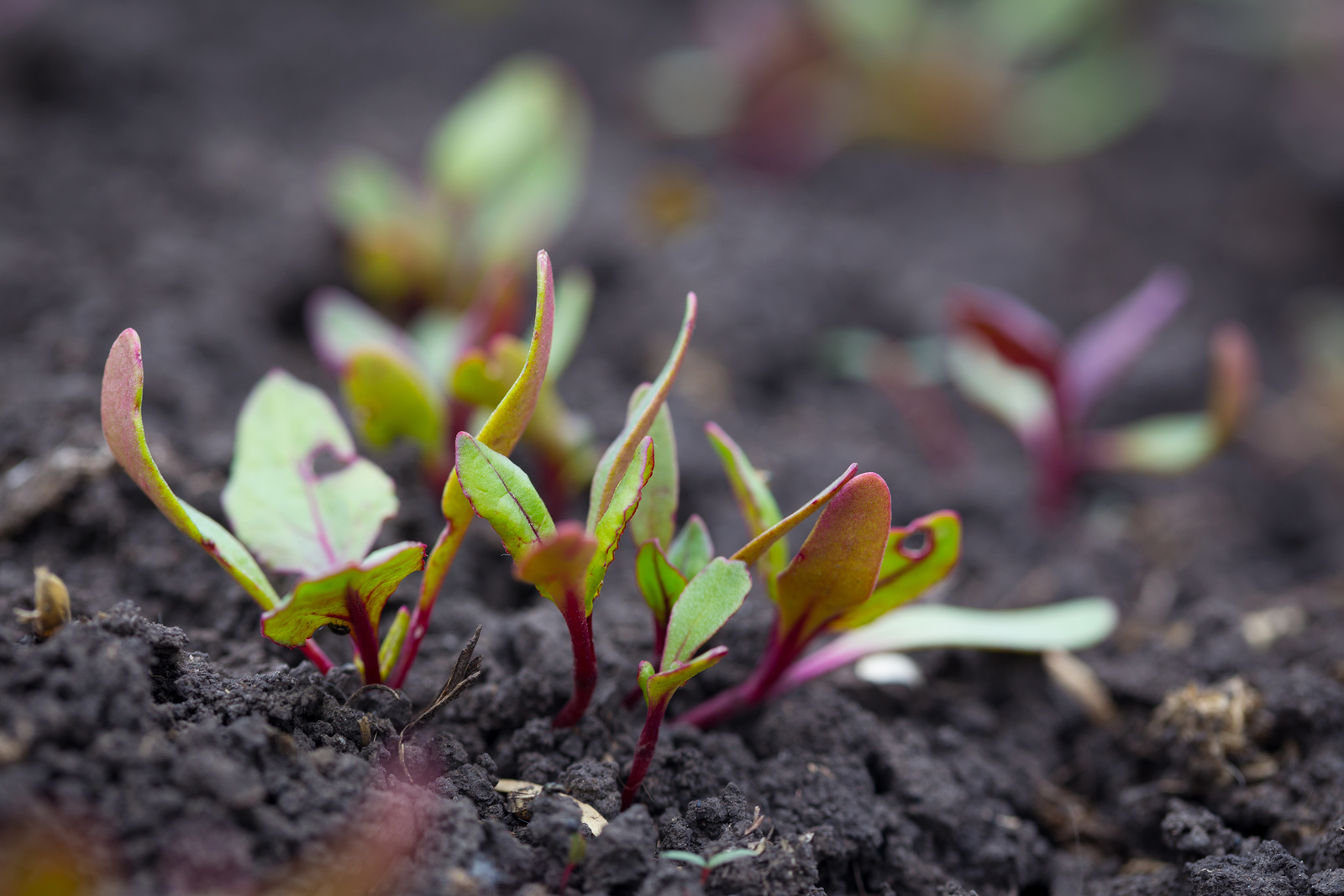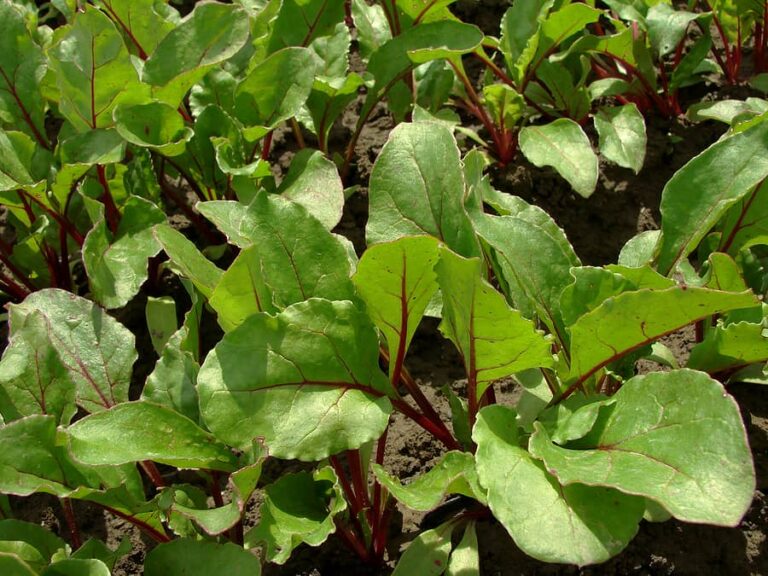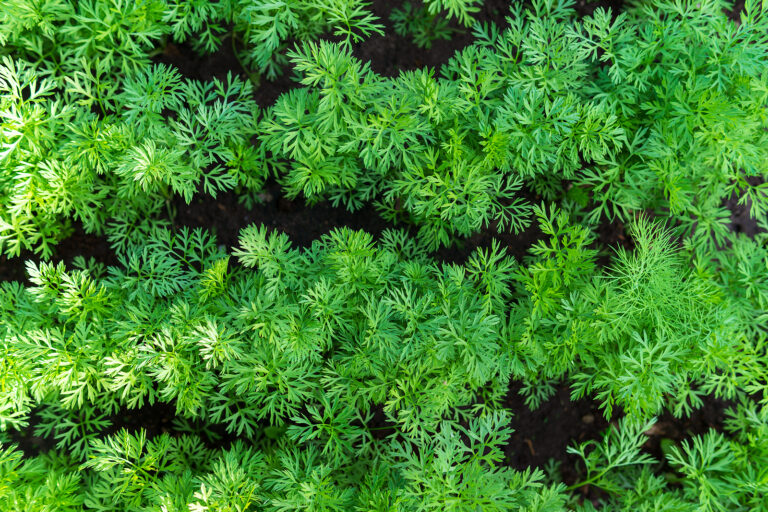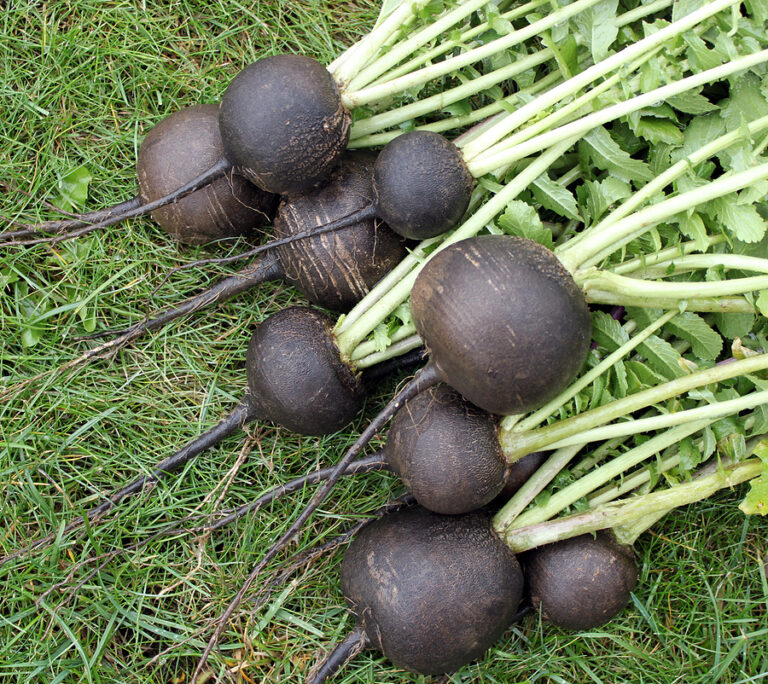When to Plant Beets: Timing by Season and Region
Beets are one of the most satisfying crops for home gardeners—quick to grow, versatile in the kitchen, and packed with nutrition. Getting the planting time right is key to tender roots and flavorful greens. In my 30+ years of growing vegetables year-round in California, I’ve learned that beets thrive when soil and air temperatures are just cool enough to encourage steady growth without bolting or becoming woody.
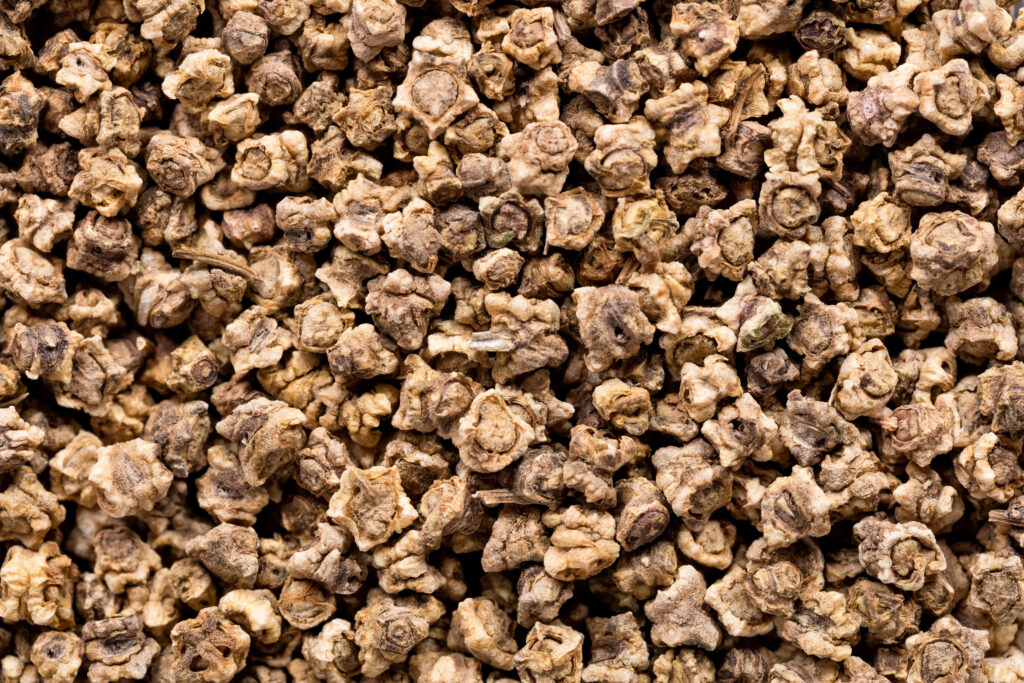
Understanding Beet Growing Seasons
Beets are a cool-season crop. They germinate best in soil temperatures between 50°F and 85°F and grow most vigorously when daytime temperatures stay between 60°F and 70°F. Too much heat can cause beets to develop tough roots and strong-tasting greens, while a hard freeze can damage seedlings.
When to Plant Beets by Season
Spring Planting
- Mild and cool climates (Zones 2–7): Direct sow 2–4 weeks before the last expected frost date. Beets tolerate light frost, so an early start is possible.
- Mild-winter climates (Zones 8–10): Plant in late winter or very early spring before heat arrives.
Summer Planting
In most climates, summer heat is too intense for beets. If you want a summer crop, choose heat-tolerant varieties like ‘Cylindra’ and use shade cloth to reduce stress. Plant in early summer only where summers are mild.
Fall Planting
- Cooler regions (Zones 2–6): Sow 8–10 weeks before the first expected frost. Roots will mature in the crisp fall weather, improving sweetness.
- Mild-winter climates (Zones 7–10): Fall planting is ideal. Sow from late summer into early fall for harvests through winter.
Winter Planting
In frost-free regions (Zones 9–10), beets can be grown right through winter. I’ve found that December sowings in my raised beds produce especially sweet roots, as cool nights enhance flavor.
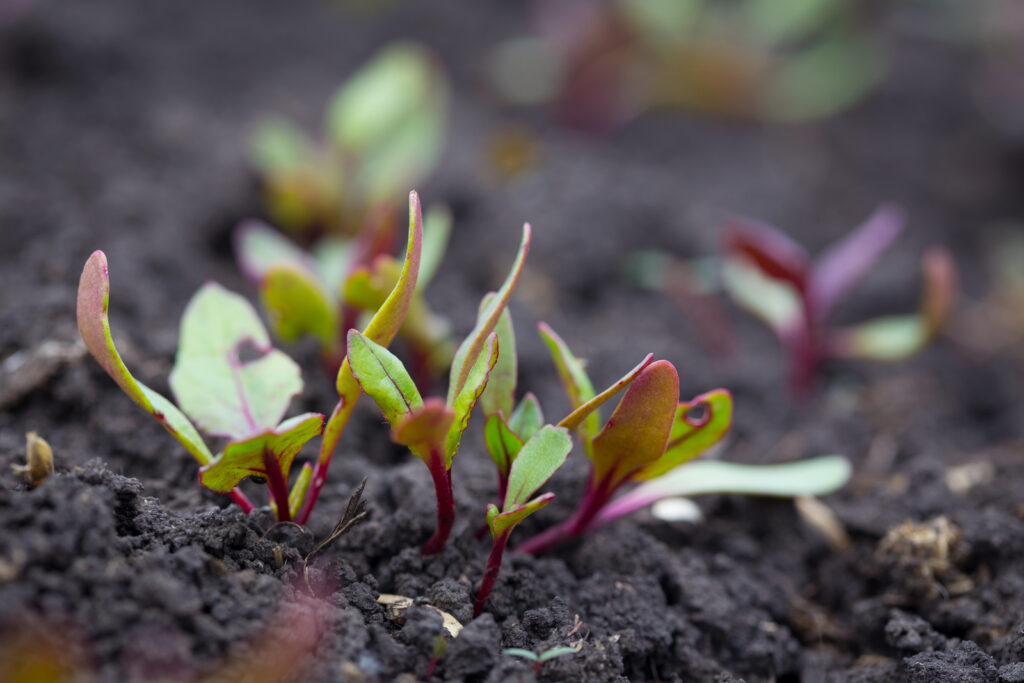
Zone-by-Zone Beet Planting Calendar
| USDA Zone | Earliest Planting Window | Last Planting Window for Fall Harvest | Winter Growing Notes |
|---|---|---|---|
| 2–3 | Late April–May | Early August | Not winter hardy; use frost protection if extending season. |
| 4–5 | Early April | Mid-August | Protect with cold frames for late harvests. |
| 6 | Late March–Early April | Early September | Possible winter crop with heavy mulch or low tunnels. |
| 7 | Early March | Mid-September | Fall crops can overwinter under row cover. |
| 8 | Late February | October | Best beet season is fall–winter; avoid summer heat. |
| 9 | January–February | November | Grow fall–spring; avoid planting in peak summer. |
| 10 | January | December | Beets can be grown nearly year-round except hottest months. |
Planting Tips for Success
- Prepare the soil well. Beets need loose, well-drained soil free of rocks for smooth roots.
- Direct sow for best results. Beets don’t transplant well. Plant seeds ½ inch deep and thin seedlings to 3–4 inches apart.
- Keep soil moist. Even moisture encourages uniform growth and prevents woody roots.
- Stagger plantings. For a continuous harvest, sow every 2–3 weeks within the suitable temperature window for your region.
My Experience and Recommendation
After decades of gardening in both California’s Central Valley and Sonoma Valley, I’ve learned that beets are most dependable when sown in cool, stable weather—either early spring or early fall, depending on your climate. I also recommend keeping a simple planting calendar tailored to your USDA Zone so you can take advantage of every possible beet-growing window.
With the right timing, you’ll enjoy crisp, sweet beets and tender greens almost year-round.
Beets Growing Hub
Start here: Ultimate Guide to Growing Beets from Seed to Harvest
1. Getting Started (Timing, Planting, Varieties)
- When to Plant Beets: Timing by Season and Region
- Beets Seed Starting Tips
- Thinning and Spacing Beets for Better Roots
- Beet Varieties for Small Spaces and Containers
- Best Beet Varieties for Sweet Flavor and Tender Texture
2. Growing & Care
- Best Companion Plants for Beets (And What to Avoid)
- How to Fertilize Beets for Root and Leaf Growth
- How Much Water Do Beets Need? A Watering Guide
- How to Grow Beets in Raised Beds and Containers
- Growing Beets in Hot Weather: Challenges and Solutions
- Succession Planting Beets for a Continuous Harvest
3. Problems & Troubleshooting
- Why Are My Beets Not Forming Roots? Common Growing Problems Solved
- Beets and Swiss Chard Growing Problems: Troubleshooting
4. Harvest, Storage & Kitchen Use
- How and When to Harvest Beets for Best Flavor
- How to Harvest and Store Beets
- Seven Ways to Cook and Serve Beets

